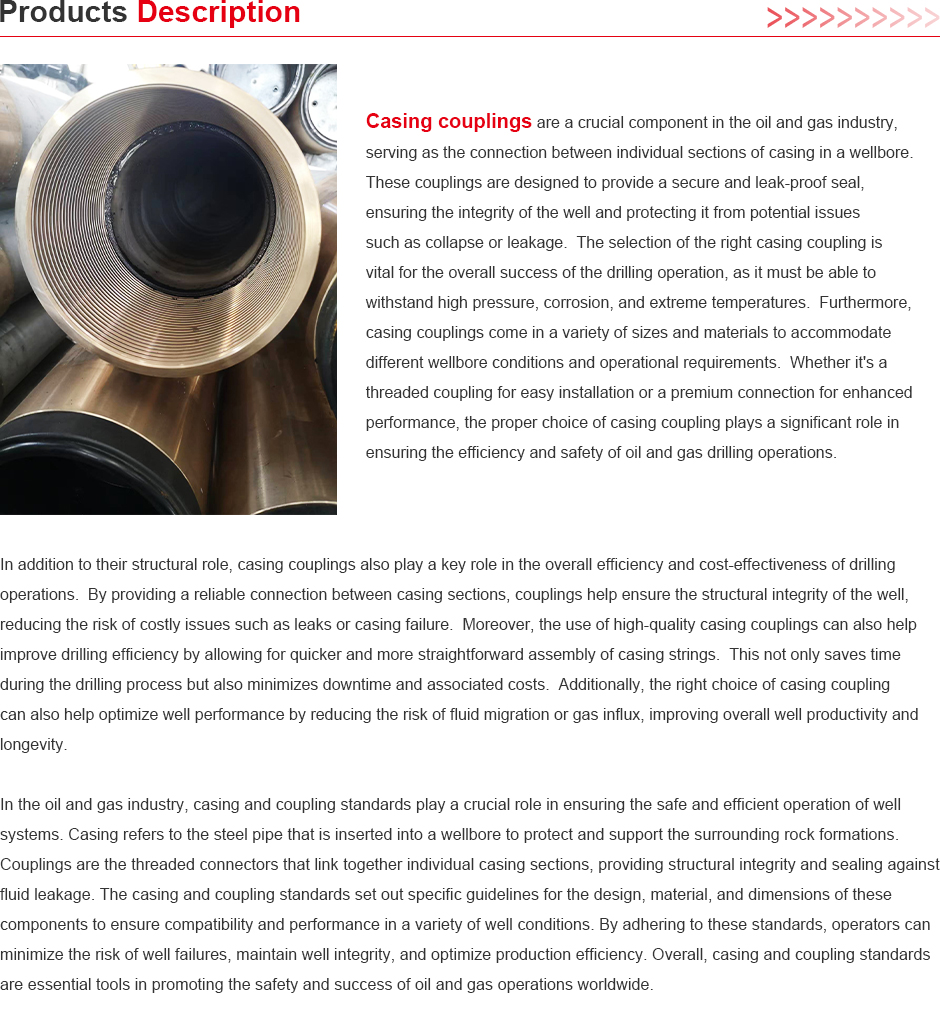- Afrikaans
- Albanian
- Amharic
- Arabic
- Armenian
- Azerbaijani
- Basque
- Belarusian
- Bengali
- Bosnian
- Bulgarian
- Catalan
- Cebuano
- Corsican
- Croatian
- Czech
- Danish
- Dutch
- English
- Esperanto
- Estonian
- Finnish
- French
- Frisian
- Galician
- Georgian
- German
- Greek
- Gujarati
- Haitian Creole
- hausa
- hawaiian
- Hebrew
- Hindi
- Miao
- Hungarian
- Icelandic
- igbo
- Indonesian
- irish
- Italian
- Japanese
- Javanese
- Kannada
- kazakh
- Khmer
- Rwandese
- Korean
- Kurdish
- Kyrgyz
- Lao
- Latin
- Latvian
- Lithuanian
- Luxembourgish
- Macedonian
- Malgashi
- Malay
- Malayalam
- Maltese
- Maori
- Marathi
- Mongolian
- Myanmar
- Nepali
- Norwegian
- Norwegian
- Occitan
- Pashto
- Persian
- Polish
- Portuguese
- Punjabi
- Romanian
- Russian
- Samoan
- Scottish Gaelic
- Serbian
- Sesotho
- Shona
- Sindhi
- Sinhala
- Slovak
- Slovenian
- Somali
- Spanish
- Sundanese
- Swahili
- Swedish
- Tagalog
- Tajik
- Tamil
- Tatar
- Telugu
- Thai
- Turkish
- Turkmen
- Ukrainian
- Urdu
- Uighur
- Uzbek
- Vietnamese
- Welsh
- Bantu
- Yiddish
- Yoruba
- Zulu
6 inch well casing coupling
Understanding 6-Inch Well Casing Couplings
Well casing is a fundamental component of well construction and maintenance, particularly in the context of groundwater extraction, oil drilling, and geothermal energy applications. Among the various sizes available, the 6-inch well casing coupling plays a crucial role in ensuring the structural integrity and functionality of well systems.
What is Well Casing?
Well casing refers to the pipes that are installed in the borehole to support the walls and prevent collapse. It serves multiple purposes, including protecting the water supply from contamination, providing a channel for water or oil to flow, and ensuring that the borehole remains stable over time. Casings are generally manufactured from materials like steel or PVC and come in various diameters, with 6 inches being a common size that strikes a balance between efficiency and manageability.
The Significance of Couplings
Couplings are fittings that connect two sections of casing. In the context of 6-inch well casing, couplings are crucial for both joining multiple casing segments and for maintaining the pressure and flow of the fluids being extracted. The use of couplings helps to facilitate adjustments in depth and allows for repairs without requiring major excavation activities.
Types of Couplings
When discussing 6-inch well casing couplings, it is important to understand that these fittings come in different types, including threaded, welded, and slip couplings.
6 inch well casing coupling

1. Threaded Couplings These are among the most common, providing a quick and relatively easy way to connect lengths of casing. The threads allow for easy assembly and disassembly, which is advantageous for maintenance work.
2. Welded Couplings For applications requiring greater durability and fewer leaks, welded couplings are often preferred. This type of coupling involves welding the ends of two casing sections together, forming a strong bond that can withstand high pressures and physical stresses.
3. Slip Couplings Slip couplings provide flexibility in casing alignment. They can slide over the ends of two casing sections and are typically used in situations where precise adjustments are necessary during installation.
Installation Considerations
Installing 6-inch well casing and couplings requires specific equipment and expertise to ensure that the job is done correctly. It is essential to consider factors such as soil type, depth of the well, and potential environmental impacts. Additionally, proper sealing techniques must be employed to prevent contaminants from entering the well, thereby protecting the quality of the extracted fluid.
Conclusion
In summary, the 6-inch well casing coupling is a vital component in the construction and maintenance of wells. By ensuring the structural integrity of the casing and facilitating efficient fluid flow, couplings enhance the overall functionality of the well system. For anyone involved in well drilling or management, understanding the types, uses, and installation practices associated with these couplings is imperative for successful outcomes. As water and energy demands increase, the importance of such hardware will continue to grow, making it essential for industry professionals to keep abreast of advancements and best practices in well casing technology.
-
Tubing Pup Joints: Essential Components for Oil and Gas OperationsNewsJul.10,2025
-
Pup Joints: Essential Components for Reliable Drilling OperationsNewsJul.10,2025
-
Pipe Couplings: Connecting Your World EfficientlyNewsJul.10,2025
-
Mastering Oilfield Operations with Quality Tubing and CasingNewsJul.10,2025
-
High-Quality Casing Couplings for Every NeedNewsJul.10,2025
-
Boost Your Drilling Efficiency with Premium Crossover Tools & Seating NipplesNewsJul.10,2025







